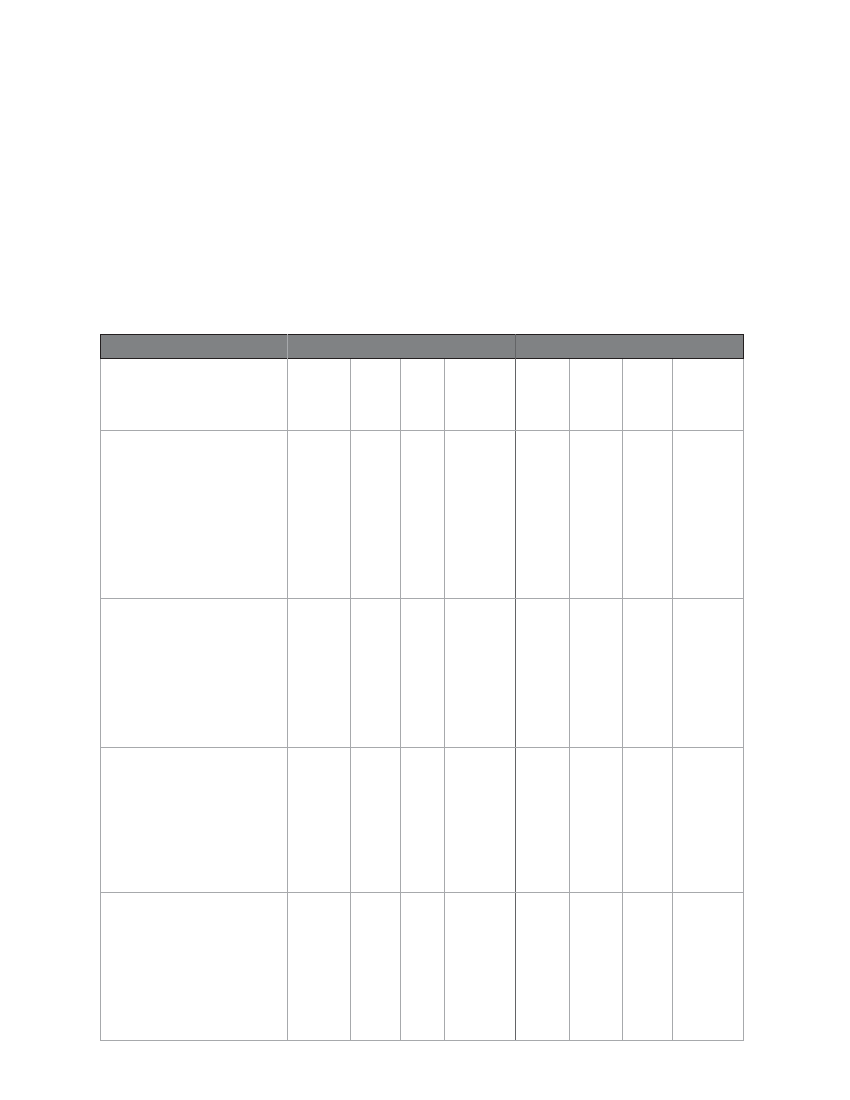
CIVIL WORKS GUIDELINES FOR MICRO-HYDROPOWER IN NEPAL
107
7.3 Support piers
73.1 GENERAL
Locations at which support piers are required and their
construction are described in this section.
73.2 LOCATION OF SUPPORT PIERS
Support piers are required along the straight sections of exposed
penstock between anchor blocks. The maximum spacing of
support piers to avoid overstressing the pipe is given in Table
7.1. Please read the notes under the table. Thin-walled plain
pipe can buckle at the support piers with relatively short spans.
In this case the permissible span can be increased by welding
a wear plate to the pipe at each support, see Figure 7.3. This
may be economical for pipes larger than 300 mm diameter.
Corners of wear plates should be cut with a radius, to avoid
stress concentrations. Note that a wear plate is also required
where the pipe leaves an anchor block, if the span to the first
support pier exceeds that allowed for plain pipe. It is usually
not economical to increase the pipe wall thickness in order to
increase the support pier spacing, but this should be considered
where the cost of support piers is significant.
TABLE 7.1 Support pier spacing (centre to centre horizontal length in metres)
EFFECTIVE PIPE WALL
PLAIN PIPE
PIPE WITH WEAR PLATES
THICKNESS, T
(mm):
effective
320 N/mm2 STEEL
1.3 1.9 2.6 3.9
1.3 1.9 2.6 3.9
410 N/mm2 STEEL
1.0 1.5 2.0 3.0
1.0 1.5 2.0 3.0
(a) Total head
htotal< 100 m
100 mm dia
2.0 3.2 4.0 4.7
2.0 3.2 4.0 4.7
200 mm dia
4.1 6.0 7.3 8.3
4.1 6.0 7.3 8.3
300 mm dia
2.5 5.7 8.6 10.5
4.9 7.0 8.6 10.5
400 mm dia
1.4 2.6 5.8 11.7
5.1 7.4 9.1 11.7
500 mm dia
- 2.1 3.7 8.7
4.1 7.5 9.3 12.0
(b) 100 <h < 150 m
total
100 mm dia
1.9 3.1 4.0 4.7
1.9 3.1 4.0 4.7
200 mm dia
3.9 5.8 7.1 8.3
3.9 5.8 7.1 8.3
300 mm dia
2.5 5.7 8.2 10.5
4.4 6.7 8.2 10.5
400 mm dia
1.4 2.6 5.8 11.2
4.4 6.9 8.6 11.2
500 mm dia
- 2.1 3.7 8.7
4.0 6.8 8.7 11.5
(c) 150 < h < 200 m
total
100 mm dia
2.3 3.5 4.7
2.3 3.5 4.7
200 mm dia
2.7 5.0 6.5 8.3
2.7 5.0 6.5 8.3
300 mm dia
2.5 5.7 7.6 10.1
3.2 5.8 7.6 10.1
400 mm dia
1.4 2.6 5.8 10.6
3.0 6.0 7.9 10.6
500 mm dia
_ 2.1 3.7 8.7
2.0 5.8 7.9 10.7
(d) 200 <htotal< 250 m
100 mm dia
_ 1.8 3.1 4.7
1.8 3.1 4.7
200 mm dia
1.8 4.4 6.0 8.3
1.8 4.4 6.0 8.3
300 mm dia
2.1 5.2
7.0 9.7
2.1 5.2 7.0 9.7
400 mm dia
2.6 5.8 10.1
- 5.1 7.2 10.1
500 mm dia
_ 2.1 3.7 8.7
- 4.7 7.1 10.1